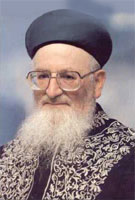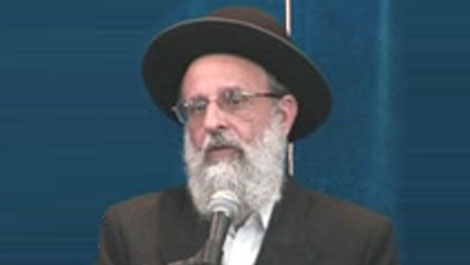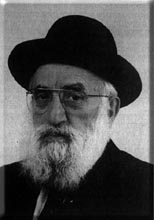Beit Midrash
- Sections
- Chemdat Yamim
- P'ninat Mishpat
The Rambam (Eidut 3:4) says that shtarot are valid only rabbinically. [It is important to have a mechanism whereby one can possess evidence he can use in the future.] Other Rishonim ask from gemarot where it seems evident that shtarot work from the Torah (we will not get into a discourse on the matter).
The Rif (Ketubot 7b) and the Ramban (Milchamot, Yevamot 9b) say that the difference between a shtar and testimony in writing has to do with the language involved. A shtar is written in the "format of a shtar;" written testimony is written as the witness’ recollection.
The Ba’al Hama’or (ad loc.) says that the difference is that a shtar is written with the da’at hamitchayev, the authorization of the person who stands to lose by means of the testimony within. In contrast, standard testimony needs not be authorized by the side it "testifies against."
There is a fourth approach among the Rishonim, which does not fully accept the premise we have been working with. Rabbeinu Tam says that testimony in writing is invalid only when the witness is incapable of testifying orally, e.g., he is mute; a normal person may actually choose to submit his testimony in writing. This is along the lines of Rabbi Zeira’s rule that often when something is fit to be done in the optimal manner, the matter works halachically even without the optimal element being done. According to all opinions, if the witness is in court and presents an affidavit and then testifies orally that he stands behind the statements found in the affidavit, the testimony is acceptable.
However we explain the reason for a shtar’s efficacy, it has the following special status. A shtar containing signatures (even when the witnesses are unknown and the signatures have not been authenticated) is considered as if witnesses have been cross-examined by the court (Ketubot 18b). Therefore, those who saw the document can testify about what was found in the shtar, without it being considered like a witness relaying that which he heard from another witness.
In summary, written reports, notarized statements and the like are not normally admissible as full evidence in beit din. However, beit din may choose to hear (or read) "invalid testimony," just that they will not give it the weight that they would give two correctly presented witnesses. Beit din will want to see how the other side will react to the accounts. Therefore, there is no reason that a litigant should not prepare written affidavits, as it is likely that the other side will admit that they are truthful, and the matter may save the beit din and the litigants time.

P'ninat Mishpat (802)
Various Rabbis
141 - Laws of Witnesses
142 - Laws of Witnesses
143 - Medical Malpractice
Load More

P'ninat Mishpat: Smoking Rights in a Rental? – part III
based on ruling 85076 of the Eretz Hemdah-Gazit Rabbinical Courts
Beit Din Eretz Hemda - Gazit | Tishrei 5786

P'ninat Mishpat: Rent of an Apartment Without a Protected Room
based on ruling 84036 of the Eretz Hemdah-Gazit Rabbinical Courts
Beit Din Eretz Hemda - Gazit | Iyar 5784

P'ninat Mishpat: Return of Down Payment Due to War – part III
based on ruling 84044 of the Eretz Hemdah-Gazit Rabbinical Courts
Beit Din Eretz Hemda - Gazit | Elul 5785

























